Blogging could be killing you..
You spend hours upon hours hunched over your keyboard hoping to grow your email list and make a few dollars. But what you may not know, is that sitting for long periods of time is linked to a number of health concerns.
You see, our bodies were designed for regular movement. But, as bloggers, we happen to spend the bulk of our day sitting.
Think about it.
It is common and often necessary to be working in environments where we need to be stationary.
But, have you stopped and thought about what it is costing your health in the long term.
What am I talking about?
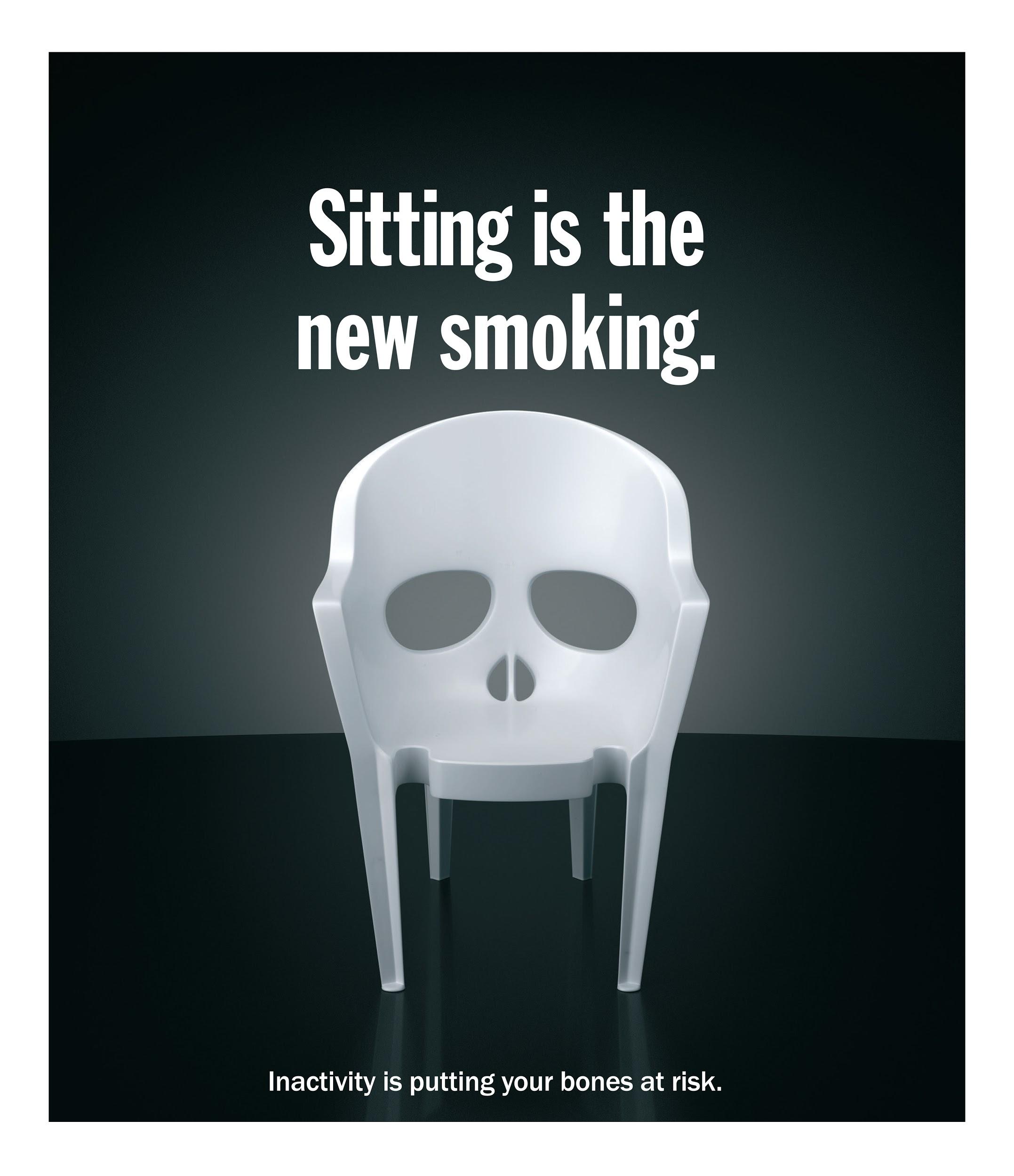
You’ve probably heard the saying “sitting is the new smoking”.
In the US, an adult spends on average, nine to 10 hours each day sitting. Developing countries can expect similar results.
It’s more than just weight gain though.
Sitting on the computer for hours at a time has been linked to a number of health concerns.
This includes obesity and metabolic syndrome.
To break it down further, research shows sitting for long periods is linked with many adverse effects, like increased blood pressure, high blood sugar, excess body fat around the waist and abnormal cholesterol levels.
Studies also show the risk of death from cardiovascular disease and cancer also increases in those who sit for long periods.
Given this, let’s dive deeper into the 12 most common health risks bloggers face to see what’s really going on.

Sitting for long periods means your muscles burn less fat and blood flows more slowly, allowing fatty acids to clog the heart more easily. One study showed that women who sit for 10 hours or more a day may have a significantly greater risk of developing heart disease than those who sit for five hours or less.
Sitting for extended periods can lead to diabetes. How? Your muscles don’t react to receiving insulin as readily, if you are not active. So your pancreas produces increased amounts of insulin to compensate. This increased production of insulin can lead to diabetes and other diseases.
One study found that those who sat for the longest periods of time were twice as likely to have diabetes or heart disease than those who sat the least.
Another research has shown that sitting for eight hours a day to be associated with a 90 percent increased risk of type 2 diabetes.
While the mechanism isn’t yet clear, sitting for extended periods of time may increase your risk of colon, breast and endometrial cancers.
This may be due to your body producing extra insulin which encourages cell growth. Not only that, but lack of regular movement means your body produces less antioxidants in your body that may be potentially eliminating cancer causing free radicals.
It’s not only colon cancer though. According to one study, sitting for long periods of time also increases chances of:
It’s thought that the weight gain associated with sitting leads to biochemical changes such as changes in hormones, metabolic dysfunction, leptin dysfunction and inflammation. These all make you prone to cancer.
When you eat and then sit down, your digestion slows down.
Sitting causes the contents of your abdomen to be squeezed together.
The slow digestion can lead to cramping, bloating heartburn and constipation.
So the next time you have a big meal, think twice before sitting down. You’ll be leaving yourself open to discomfort! Go for a walk, instead.
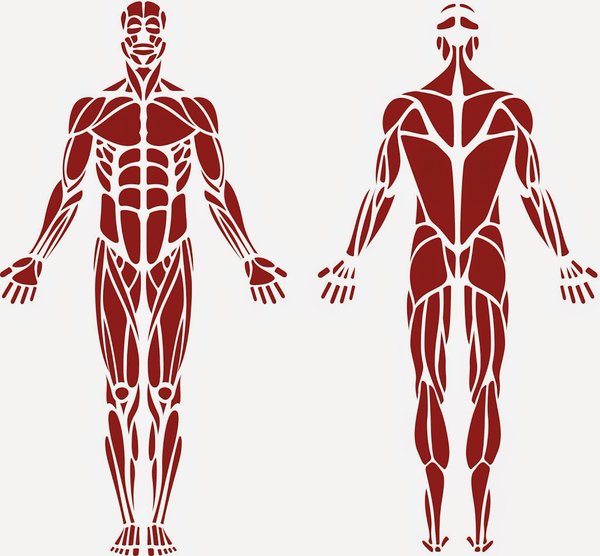 5. Weak abs
5. Weak absWhen you stand, you use your abdominal muscles to keep you stable and upright. You may not even notice, but your are engaging abdominal muscles to stand.
Sitting down however, leaves your abdominal muscles mostly unused. In turn, your abdominal muscles become weaker. Which ultimately leads to muscle imbalances, caused by overcompensation from other muscles.
This can present itself in many ways. Poor posture, aches and pains over the body, a stiff neck and sore muscles.
How flexible are you? Are you able to sit and reach your toes easily?
For many of us, this is in fact harder than you’d think.
When you sit, your hips become tightened and your glutes become weakened.
Decreased hip mobility is commonly attributed to why the elderly fall, while weak glutes affect your stability and the strength of your strides while walking or jumping.
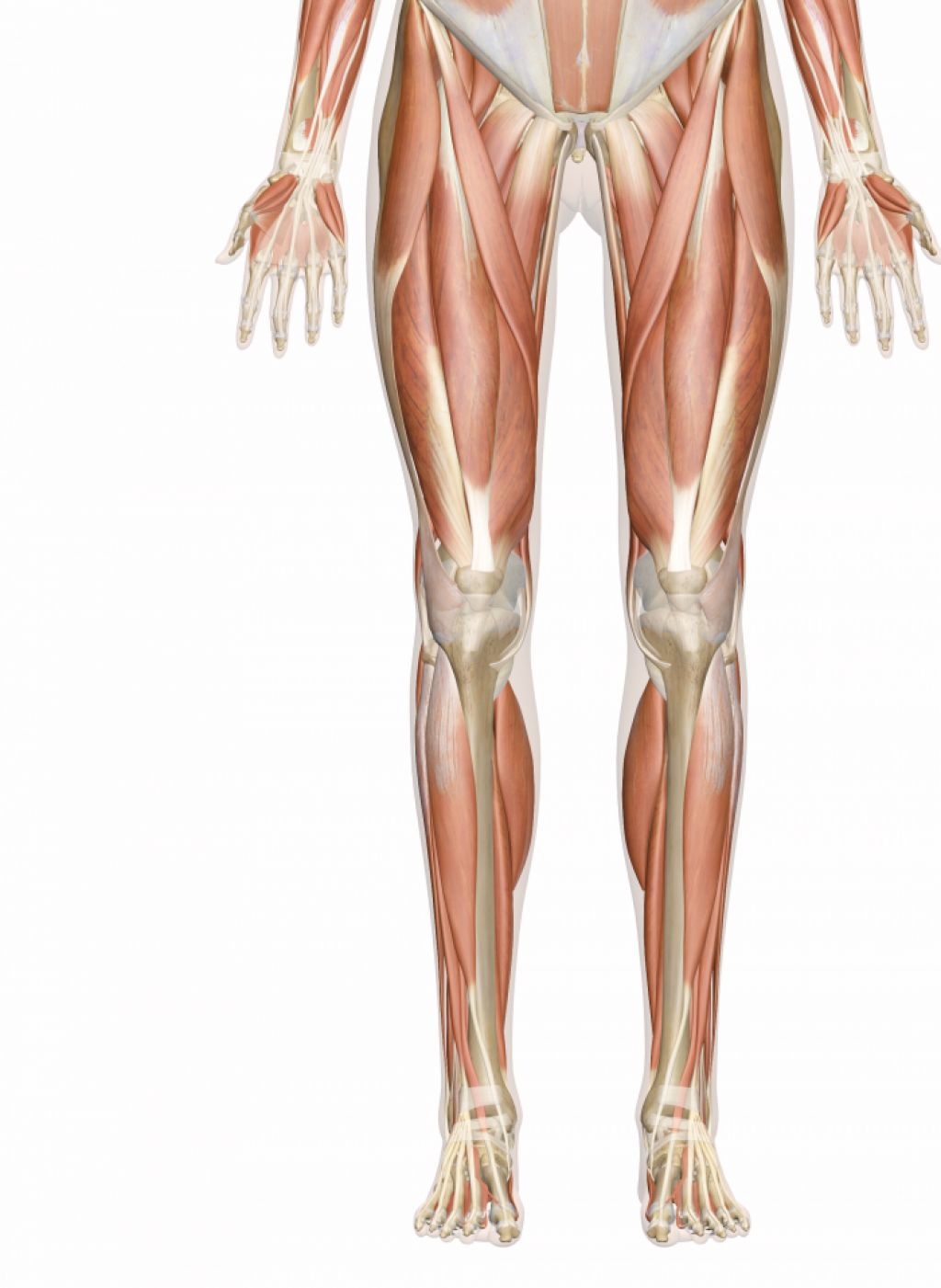 7. Poor circulation in legs
7. Poor circulation in legsWhen you sit down for long periods of time, blood flow slows down and disturbs regular circulation in your legs. This can then lead to swollen ankles and varicose veins (enlarged veins), or even worse, deep vein thrombosis (DVT).
DVT is the formation of blood clots in the legs and can cause pain and swelling. It can even be potentially life threatening.
This is why you probably noticed long flights suggest passengers to stretch their legs and exercise, perhaps for short walks, to prevent DVT.
Osteoporosis has been partially attributed to lack of activity, particularly weight-bearing activities like walking and running.
Studies have shown these activities to significantly lead to increased bone mineral density.
The aging process naturally chips away at your bone mineral density, but you’re not doing yourself any favors either by sitting down all day.
On it’s own, osteoporosis causes no specific pain or symptoms. But it does increase the risk of debilitating fractures.

When we sit for long periods of time, the discs in our back become squished, unevenly. Collagen hardens around the tendons and ligaments, leaving us at risk for herniated lumbar discs, or in layman’s terms a “slipped disc”.
Normally, while you are walking and active throughout the day, the soft discs between your vertebrae expand and contract. Think of it like sponges.
As they do so,, they soak up nutrients and fresh blood.
Sitting for long periods stifles this process.. Not only that, but your upper lumbar spine is pulled forward as a muscle called the psoas is tightened.
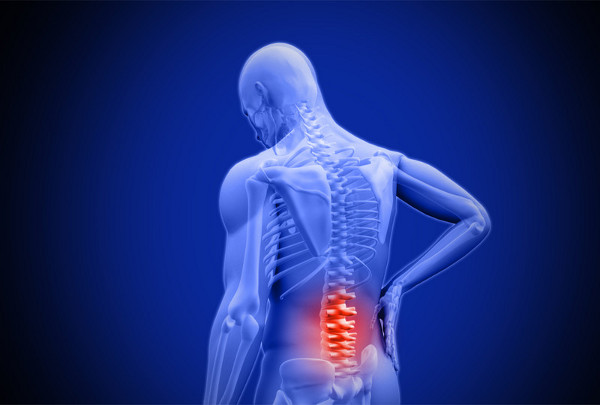
In fact, it is estimated that 40 percent of people with back pain have spent long hours at their computer each day!
Sitting in front of a computer all day with poor posture, can lead to strains along to your cervical vertebrae as well as permanent imbalances in posture and mobility.
Your neck as well as your shoulders suffer from sitting for long periods of time slouched in front of your computer.
Slouching overextends your shoulder and back muscles. Your trapezius muscles in particular, which connect your neck and shoulder, are overextended and can lead to sore shoulders and upper back.
It is evident that there is no denying the health risks that accompany lengthy periods of sitting.
As a blogger, you may be placing yourself at risk. Especially if you’re the type that sits for long periods to crank out a blog post.
But it doesn’t need to be that way.
You could still be just as productive, without sitting for hours on end in front of a screen. Indeed, having an active balanced lifestyle is the best way to live a healthy, wholesome life.
I want to share with you practical tips you can start implementing today, in order to prevent and minimize the health risks associated with sitting.
As a blogger, these can be crucial for your health, and ultimately, your success in the blogging business.

Be sure to have regular breaks at timed intervals. You should not sit down for extended periods of time without a break. Now I know you want to get that article published, but you can afford some time away from your desk.
Have you heard of the pomodoro technique?
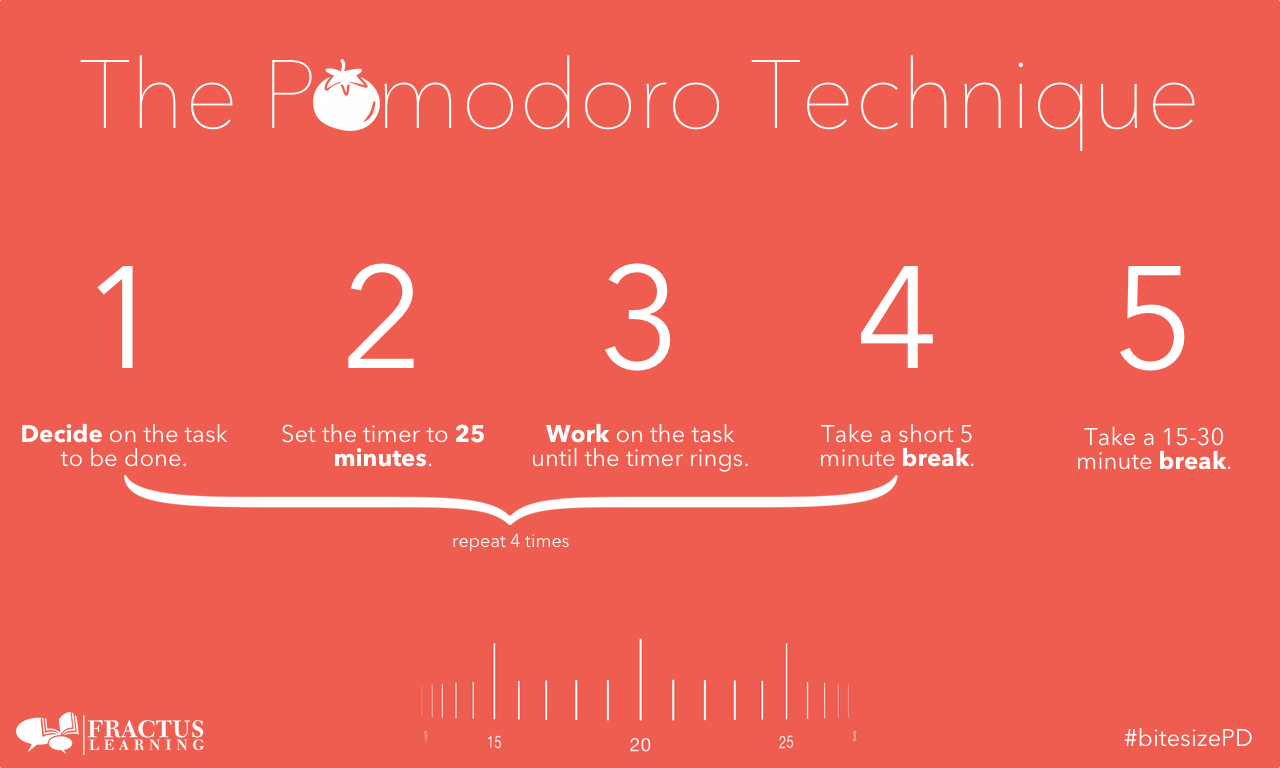
Use the pomodoro technique to get laser focused work done for a timed period, and then go for a walk/stretch during your break.
This is a powerful productivity technique you can start using today. What makes it so good, is that you force yourself to work for a certain time AND have a break.
During which you could get up and do simple, quick exercises.
Getting yourself a good chair is one thing, but sitting correctly is a whole another thing.
You should sit in an upright position with your bottom positioned all the way to the back of the chair.
Don’t make the common mistake of sitting near the the edge of your chair.
Also keep your back against the spine of the chair and do not slouch. Slouching leads to back and neck problems, as we discussed earlier.
This alone can eliminate a sore neck caused by sitting in front of a computer all day.
I get it.
You may not be able to avoid sitting. But blogging requires that you sit in front of a computer.
You can still reverse the damage caused by sitting for extended periods of time, via exercise.
If there is only one point you want to take away from reading this article, it’s this – exercise regularly.
Regular exercise can counteract the effects of prolonged sitting. Don’t just do any exercise though.
Try strength training.
The benefits of strength training are amazing.
You could reap the rewards of hours upon hours of cardio (like running on a treadmill), only by doing a few hours of strength training.
You don’t even need to go to the gym. You could do a strength training circuit in only half an hour during your lunch break.
It really is that simple.
What are you waiting for? Get moving!
All work and no play makes Jack a dull boy.
Know when to stop and take some rest. Set out time on your calendar for leisure activities. You’ll find that just by setting out time for activities, your productivity will increase.
In his book “The Now Habit”, author Neil Fiore recommends scheduling time for fun activities into your itinerary. He recommends you do this before filling your calendar with the “important stuff”.
What this does, is force you to recognize the actual time you really have available throughout the day.
You probably only allot leisure activities for yourself only if you’ve completed all your scheduled work for that week.
You see, leisure and relaxation time should not be taken from whatever time is left over. Not from what time you have left after a long day of work.
Rather, schedule in time for fun activities and don’t skip out on them, unless in dire circumstances. You eliminate procrastination by keeping work periods shorter, and rewards will be more frequent and immediate.
This makes you more productive as a blogger, and at the same time keeps you more active.
Another way you can minimize the health risks caused by sitting down all day is to outsource some of the blogging tasks that you handle.
62% of companies outsource content marketing.
Instead of writing, researching, editing all the content yourself, outsource some of it.
Of course, it goes without saying that outsourcing tasks depends on the budget you can allocate.
Use a site such as Upwork to find someone who can help you with your work.

While it might be a lot easier to send a coworker an email or text them, just don’t do it. Don’t be lazy.
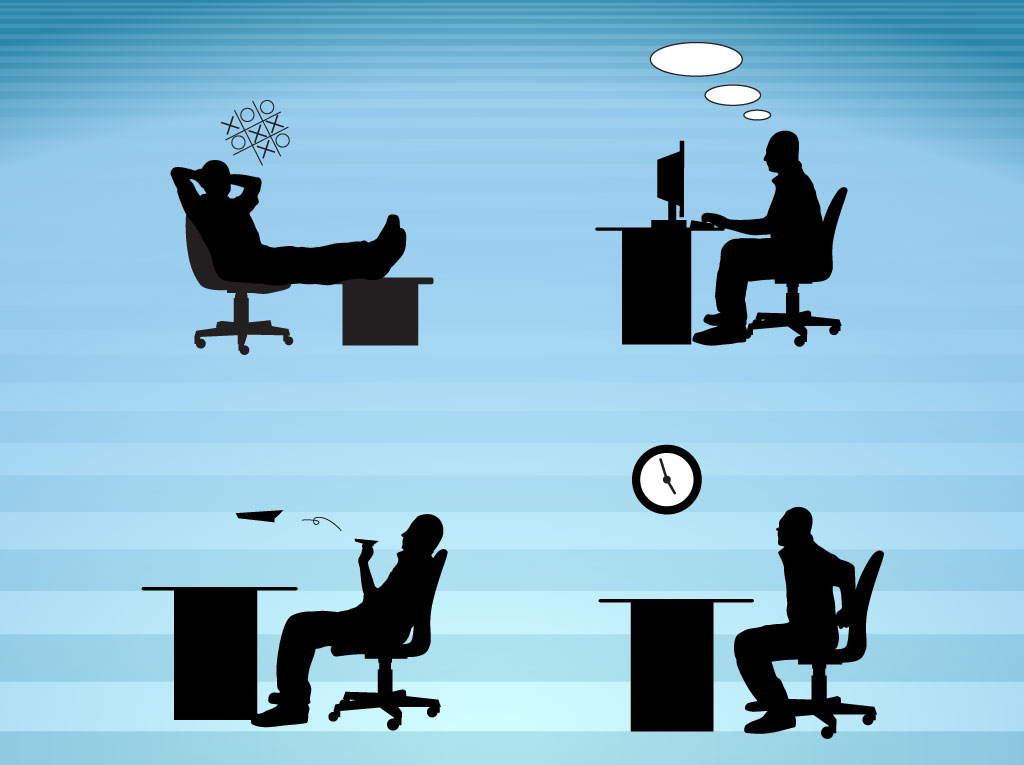
Instead, get up, walk across the hall and talk to them!
Force yourself to be active by taking regular walks throughout the day, for similar work.
Get into the habit of walking for the sake of walking.
While everyone else is thinking
why take the elevator when you can take the stairs
you do the opposite.
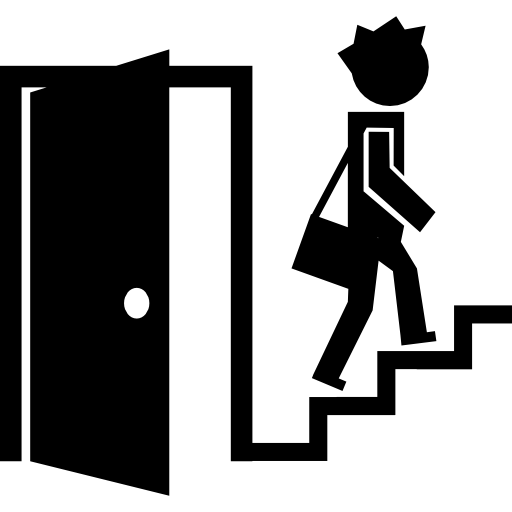
Force yourself to take the stairs whenever it is reasonable to do so. This deliberate intention to fit in extra physical exertion throughout the day is known as incidental activity.
And you want to increase the amount of incidental activity in your day, and it starts with taking a few extra stairs.
When you go out for a drive to shopping or work, try parking further away.

This is good for two reasons:
So you’ll be hitting two birds with one stone.
When you go for a break or leave your desk, try returning to your desk by taking a longer route if possible.
Again, the idea is to increase incidental activity in any way possible. It all adds up.

If you’re sitting behind your desk with everything within arms reach, chances are -you’re pretty stationary.
But if you rearrange the layout of your office space, in a way that requires you have to sit up to reach things like your phone, your printer or your files, you force yourself to get up throughout the day.
Sitting in a big comfy chairs makes getting up almost impossible.
It’s like once you sit, you drown in the chair’s comfort.
Sure, a good comfy chair is important, but when it gets too comfortable, the overall harm outweighs its benefits.
By switching over to a chair without armrest, you force yourself to sit uprights and encourage yourself to shift your posture more frequently, than in a cushy office chair.

Set a timer to remind you to stand up and move about for at least 10 minutes, every hour. You can take the opportunity to do a few simple exercises by your desk.
You’ve probably heard about standing workstations before. Many companies are now shifting towards standing workstations for their employees, in an effort to reduce the health risks of sitting for their employees.
Stand more, sit less.

1. Standing burns more calories and helps you to lose fat. You burn at least 50 more calories an hour, than while sitting. Therefore, four hours of standing a day alone will burn a about 200 calories a day.That’s 6000 calories burned a month, or around a kg (2.2 lb) of body fat.
2. Standing improves your cognitive functions. A study conducted by the Texas A&M Health Science Centre School of Public Health show how students who worked standing most of the time, were able to memorize facts easily, manage their time better,, organize their thoughts, solve multi-step problems, and understand what they read better., compared to those who worked sitting.
3. Standing improves your mood and vitality. Researchers in Minneapolis, US, in a seven-week study, wanted to test whether using a standing desk affected their health positively. tanding employees were found to be more energetic, happier, and have a better mood, as and the upper back and neck pain was reportedly reduced by 54%. These results reversed themselves once the employees resumed sitting. back to the baseline once the employees returned to sitting.
It is clear, sitting for long periods is harmful.
Although blogging may require you to put in the hours in front of a screen, there are many ways you can prevent the health risks of sitting for too long.
One of the best ways, is to take frequent breaks away from your desk and do a few short exercises.
You can get a free copy of my worksheet “A Quick 20 Minute Workout for Home or the Office” here.
Go on!
Sit less, stand more!
Get weekly actionable tips, insights and case studies to maximize your results.